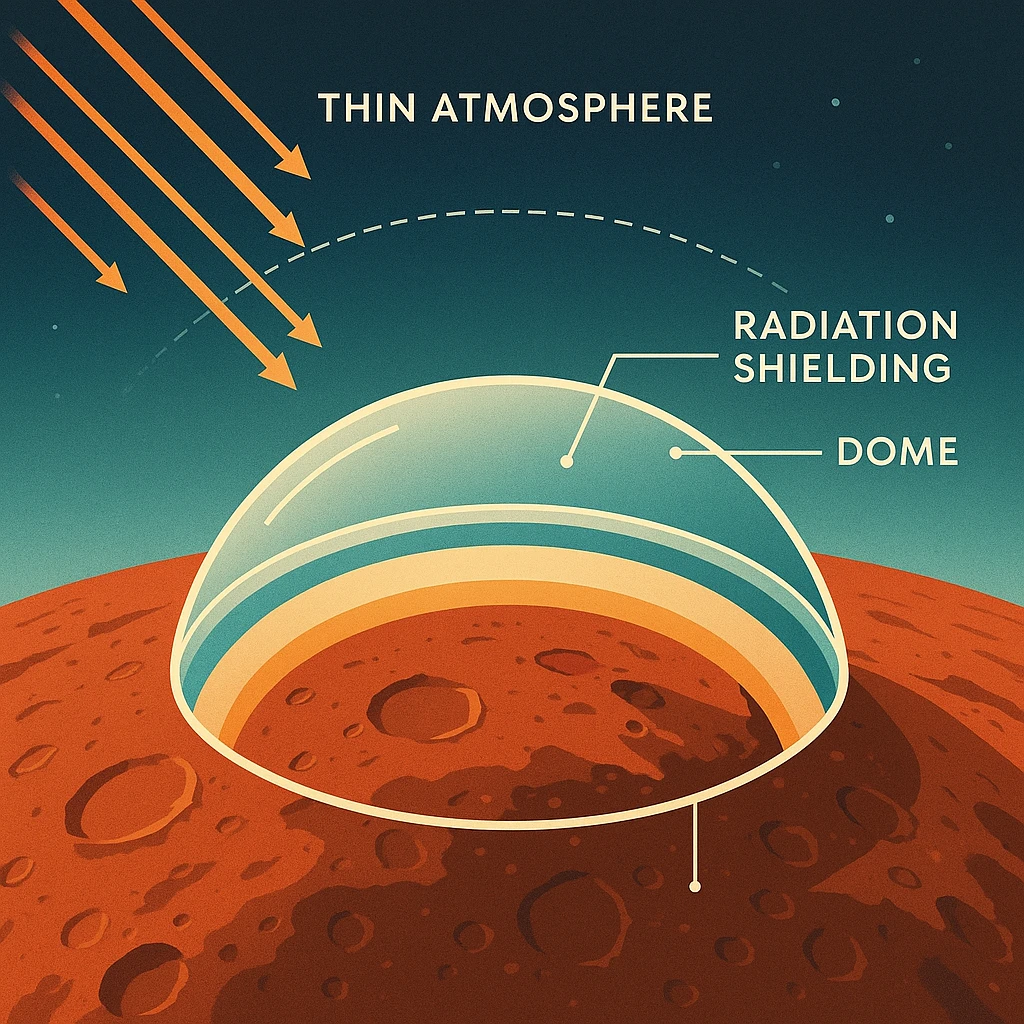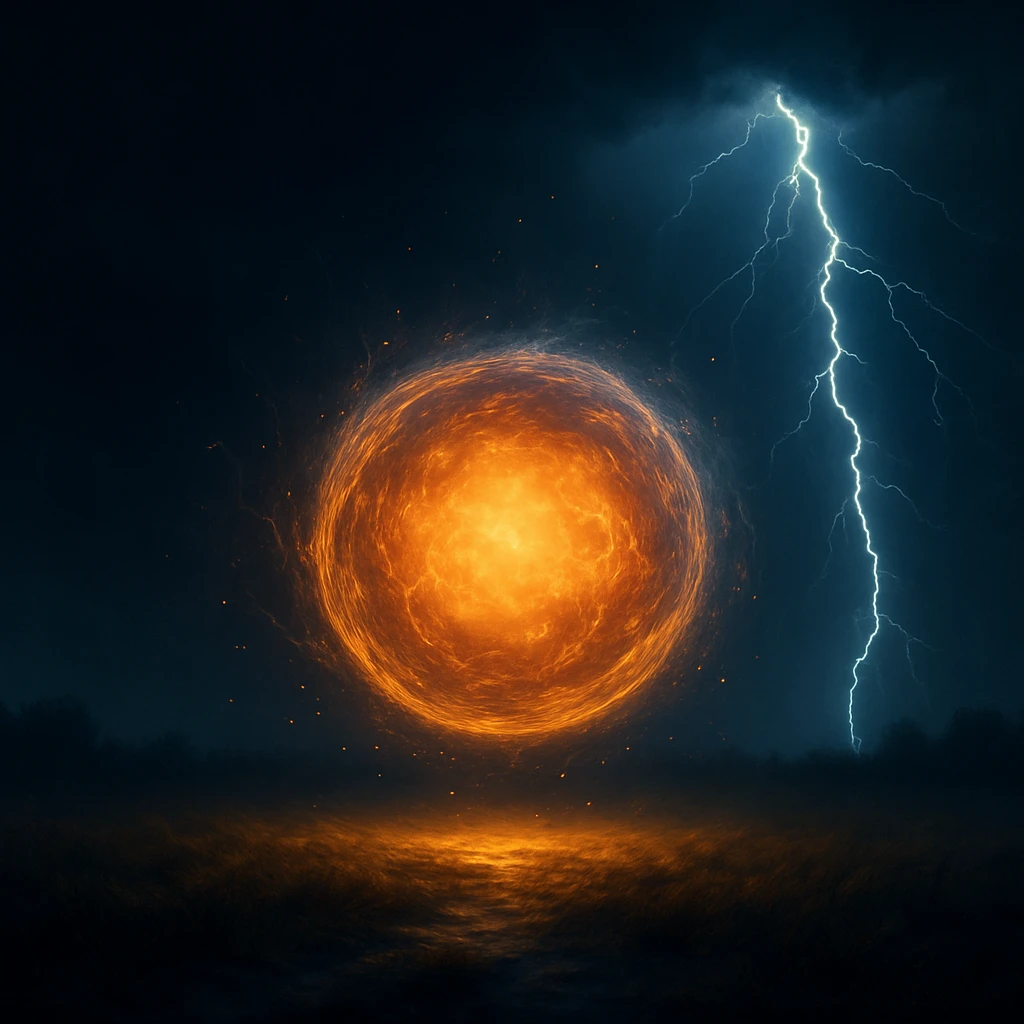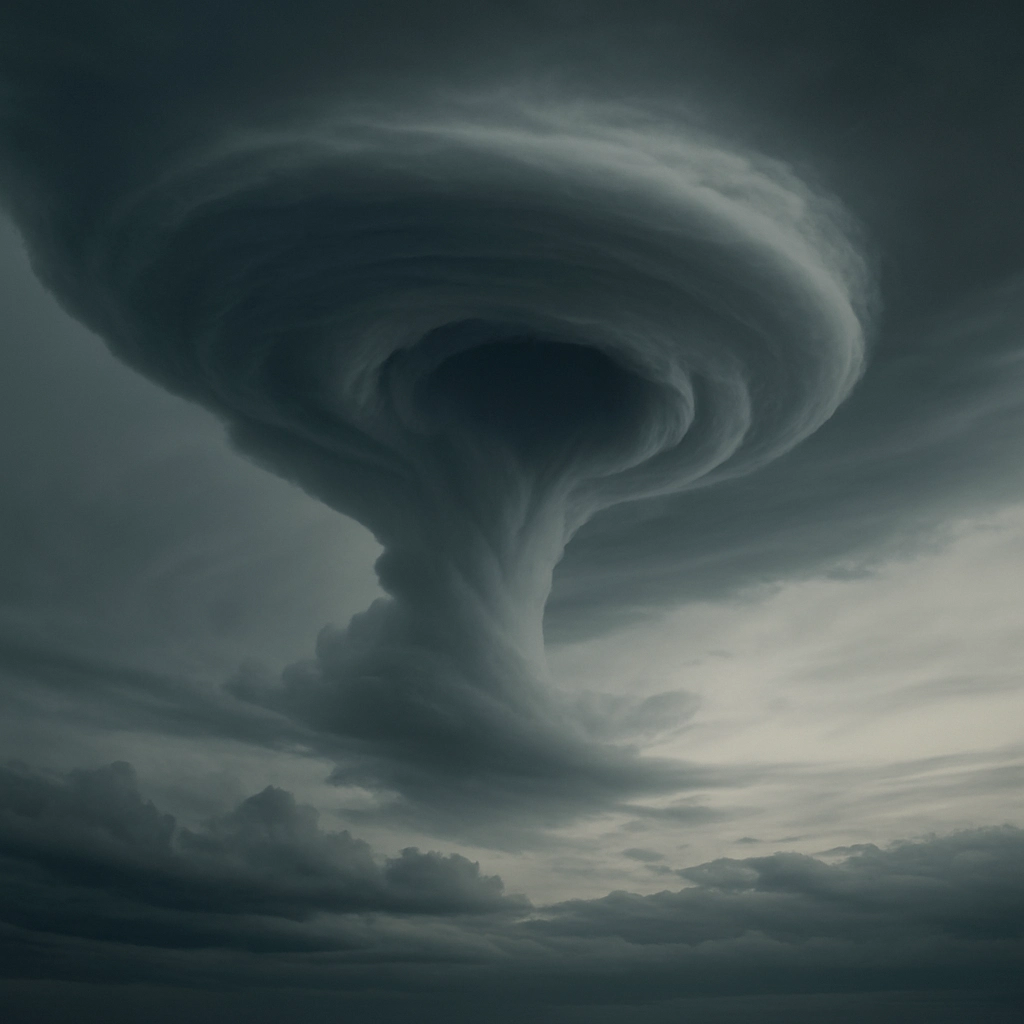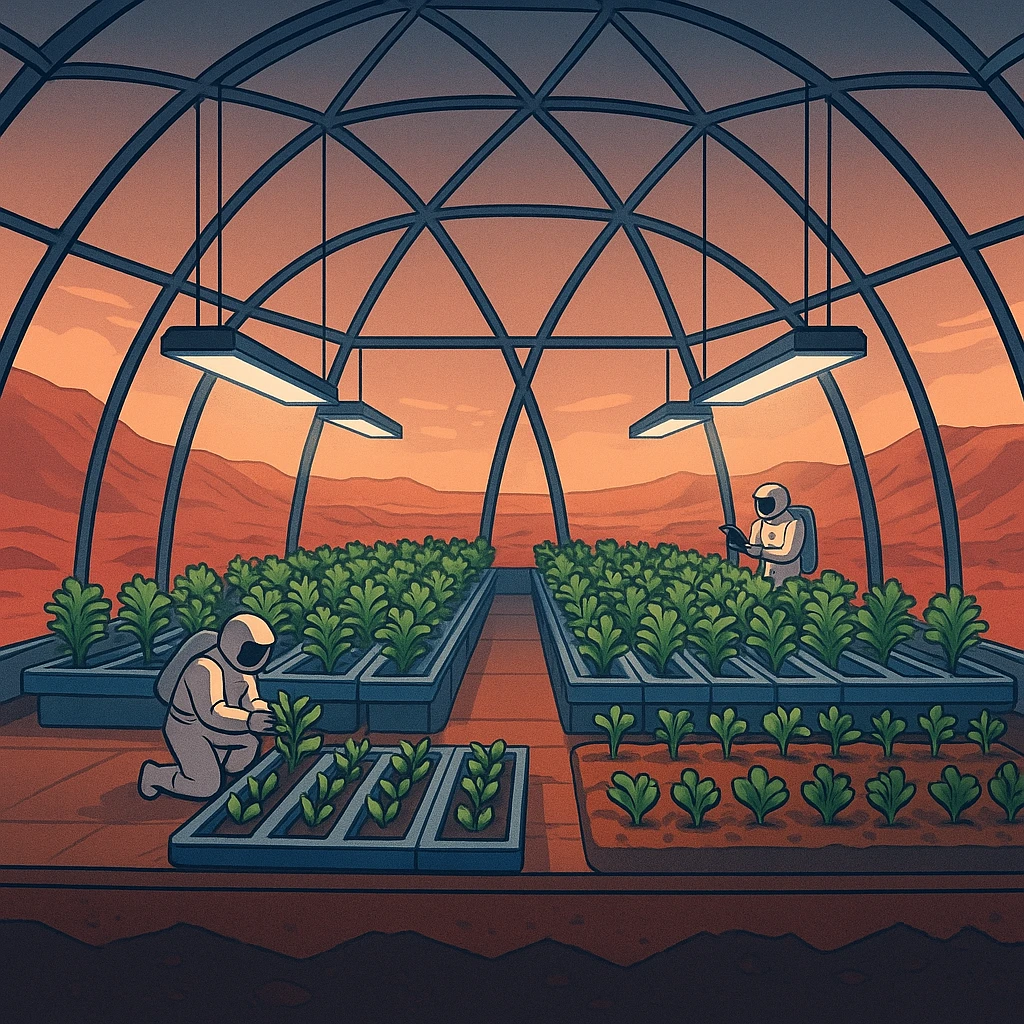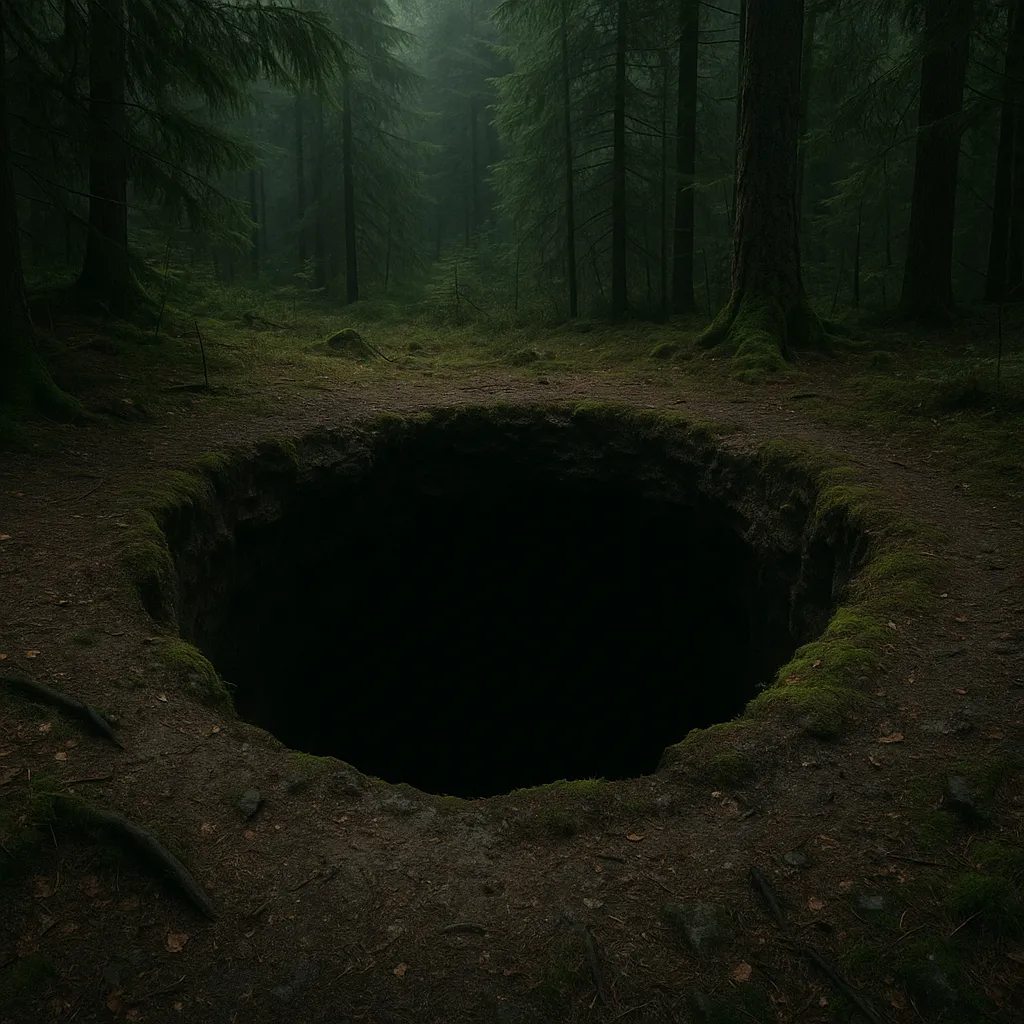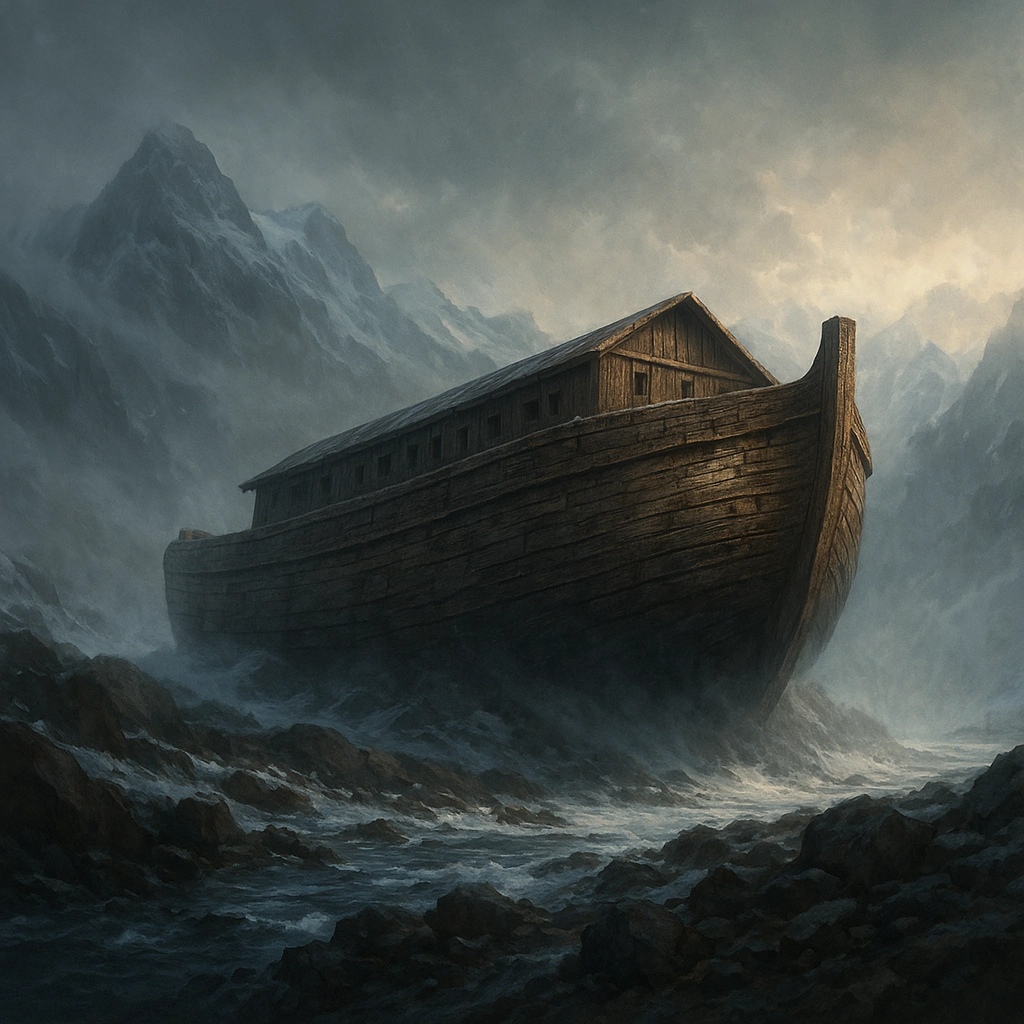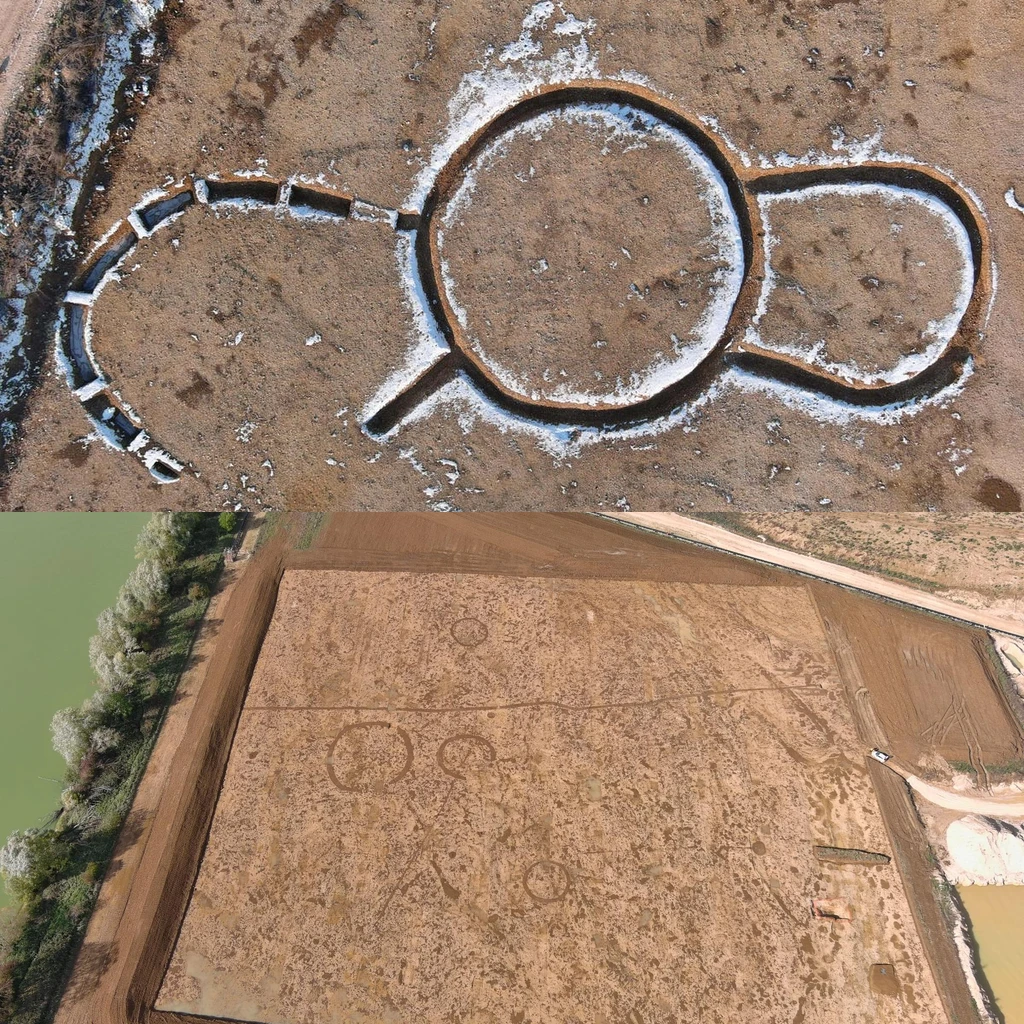Weather Facts
Atmospheric Pressure
Crushing Force
At sea level, the air above you weighs over a ton. The pressure is about 14.7 pounds per square inch, strong enough to crush metal if not evenly distributed.
Altitude Effect
As you climb higher, atmospheric pressure drops. This is why boiling water takes longer at high altitudes-it boils at a lower temperature.
Pressure and Storms
A sudden drop in pressure often signals an approaching storm, while high pressure typically means calm and clear skies.Blizzards
Frozen Fury
A true blizzard is not just a snowstorm-it requires sustained winds over 35 mph and visibility of less than a quarter mile for at least 3 hours.
Whiteout Danger
Blizzards can create whiteout conditions where the landscape becomes indistinguishable, making navigation nearly impossible.
Historic Blizzard
The Great Blizzard of 1888 buried parts of the northeastern U.S. in over 50 inches of snow, paralyzing cities and killing hundreds.Clouds
Massive but Light
The average cumulus cloud weighs over 1 million pounds, yet stays aloft due to upward air currents and water vapor's low density.
Cloud Types
There are ten main cloud types classified by shape and height, including cirrus, cumulus, stratus, and cumulonimbus.
Color Clues
Dark clouds signal thickness and potential rain. The darker they appear, the denser and more moisture-laden they likely are.Droughts
Silent Disaster
Unlike storms, droughts develop slowly but can devastate crops, ecosystems, and economies over time.
Longest Recorded
The longest drought on record lasted 400 years in the Atacama Desert of Chile, which is still one of the driest places on Earth.
Modern Monitoring
Satellites track soil moisture, vegetation, and water levels to detect drought conditions and predict agricultural impact.Fog
Low-Level Cloud
Fog is essentially a cloud at ground level, formed when the air near the surface cools enough for water vapor to condense.
Thick as Soup
Dense fog can reduce visibility to less than 100 feet, leading to dangerous travel conditions and flight delays.
Fog Catchers
In arid regions like Morocco, massive nets are used to capture fog droplets for drinking water-an innovative water harvesting method.Hail
Sky Ice
Hailstones form inside thunderstorms with strong updrafts that keep ice aloft long enough to grow layer by layer.
Record-Breaker
The largest hailstone ever recorded in the U.S. was nearly 8 inches in diameter and weighed over 2 pounds, falling in South Dakota in 2010.
Crop Killer
Hailstorms cause billions in agricultural damage each year, particularly in regions with frequent summer storms.Lightning
Electric Sky
Lightning heats the air around it to 50,000 degrees Fahrenheit-five times hotter than the surface of the Sun.
Strike Patterns
Lightning strikes the Earth over 8 million times per day. Florida has the highest strike density in the U.S.
Unusual Types
Rare forms include ball lightning and red sprites, mysterious electrical discharges that still puzzle scientists.Rain
Droplet Formation
Raindrops start as tiny water droplets that combine in clouds. When they grow heavy enough, gravity pulls them down.
Rainfall Rates
A light rain might fall at 0.1 inches per hour, while a heavy downpour can exceed 2 inches per hour.
Smell of Rain
The earthy scent after rain is called petrichor. It comes from plant oils and a compound called geosmin released by soil bacteria.Tornadoes
Rotating Columns
Tornadoes are rapidly spinning columns of air that extend from thunderstorms to the ground, capable of immense destruction.
Fujita Scale
Tornado strength is measured by the Enhanced Fujita scale, from EF0 (minor) to EF5 (incredible damage with winds over 200 mph).
Global Occurrence
While the U.S. has the most tornadoes, they've been recorded on every continent except Antarctica.Wind
Movement of Air
Wind is caused by differences in air pressure, usually due to unequal heating of the Earth's surface.
Jet Stream
The jet stream is a high-altitude ribbon of fast-moving air that greatly influences weather patterns and storm paths.
Power Potential
Wind energy is one of the fastest-growing renewable sources, with turbines now powering millions of homes worldwide.







